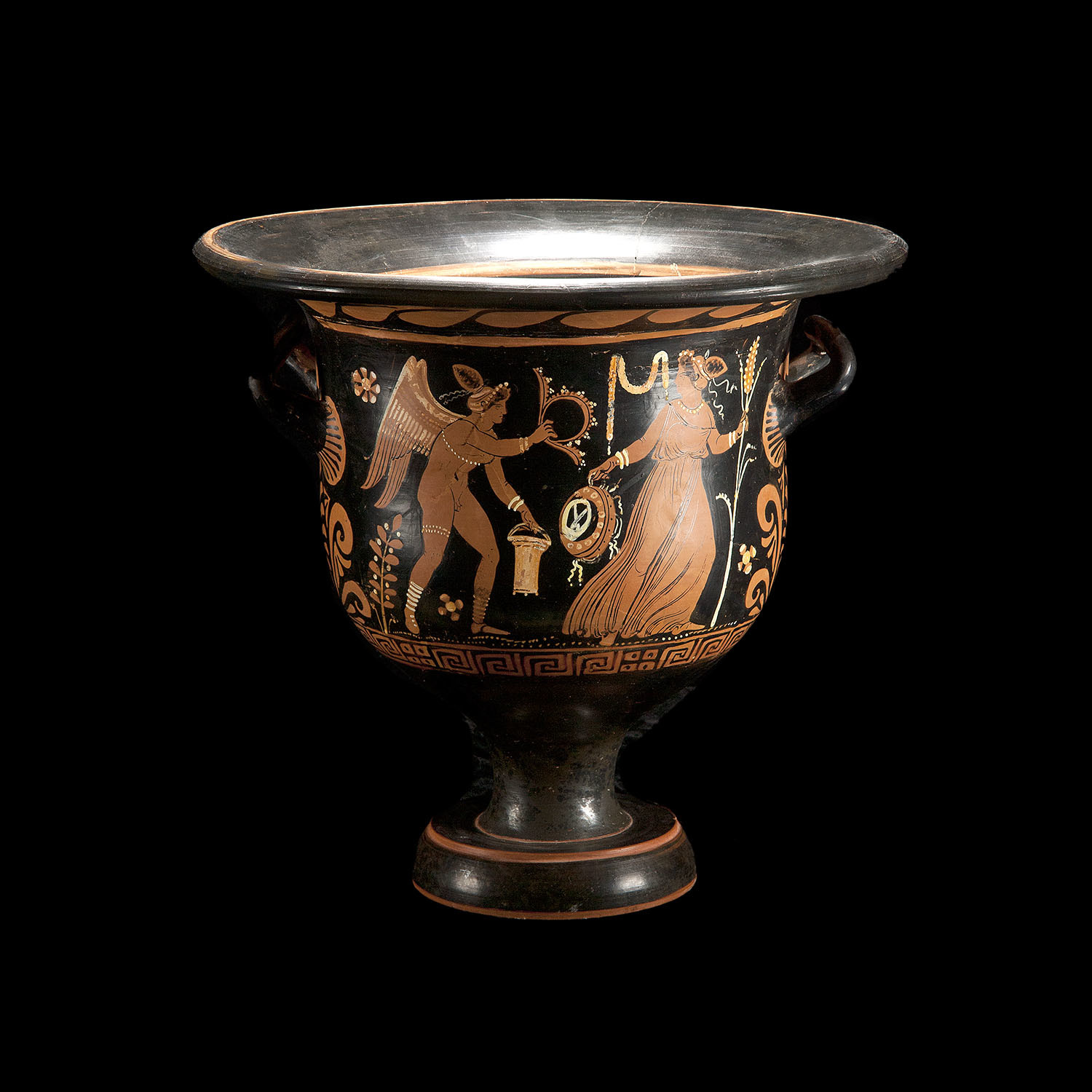Barbarian
Member
- Jun 5, 2003
- 33,356
- 2,560
A great deal of criticism of Darwin's theory comes from people who don't understand what his theory says. These are Darwin's four points:
1. There are more organisms born than can survive, and they compete for resources with the winners surviving to reproduce.
2. Every organism is slightly different than its parents.
3. Some of these differences change the likelihood of the organism surviving to reproduce.
4. Those with favorable differences leave more offspring, and over time, changes accumulate to form new species.
Notice that while Darwin's points are as solid as ever, there have been several major revisions to his theory:
Notice that chance, while still operative in neutral evolution, is not the way phylogenetic change occurs. I hope this is useful for those who are interested in examining evolutionary theory.
1. There are more organisms born than can survive, and they compete for resources with the winners surviving to reproduce.
2. Every organism is slightly different than its parents.
3. Some of these differences change the likelihood of the organism surviving to reproduce.
4. Those with favorable differences leave more offspring, and over time, changes accumulate to form new species.
Notice that while Darwin's points are as solid as ever, there have been several major revisions to his theory:
- The first major revision, which cleared up a nagging problem in his theory, was genetics. The revelation that heredity was like sorting beads, rather than like mixing paint, explained why new traits could become established and increase in a population.
- The second was the neutralist theories, most prominently presented by Kimura, in which random variation could make significant changes in a population. Kimura showed that if there are two different alleles for a specific gene in a population of finite size, then random events will eventually result in fixation (only one allele left) in the population. So not all changes are the result of natural selection. Time and chance happen to them all. This is not the same as phylogenetic changes; the many changes seen in horses from Hyracotherium to Equus, are clearly adaptive, even if some other features did not have significant selective value.
- The third was punctuated equilibrium, most notably advocated by Eldredge and Gould, who showed that the fossil record and distribution of aberrant species fit a model of evolution in which speciation happens in a relatively short time (tens or hundreds of thousands of years, perhaps) followed by a long period of stasis, in which a well-fitted population is prevented from evolving much by natural selection. This explains, as YE creationist Kurt Wise writes, why transitionals are so rare at the species level, while they are abundant in higher taxa; as Ernst Mayr noted, unusual species tend to be small, an in out-of-the-way places. This is consistent with founder effect and rapid evolution followed by stasis.
- The fourth, and still underway, is evolutionary development, in which embryology and genetics are showing the mechanics of phylogenetic change. One of the key advances in evo-devo is the understanding of evolutionary constraint, the limits on phenotypic change due to the evolutionary history of the lineage.
Notice that chance, while still operative in neutral evolution, is not the way phylogenetic change occurs. I hope this is useful for those who are interested in examining evolutionary theory.





